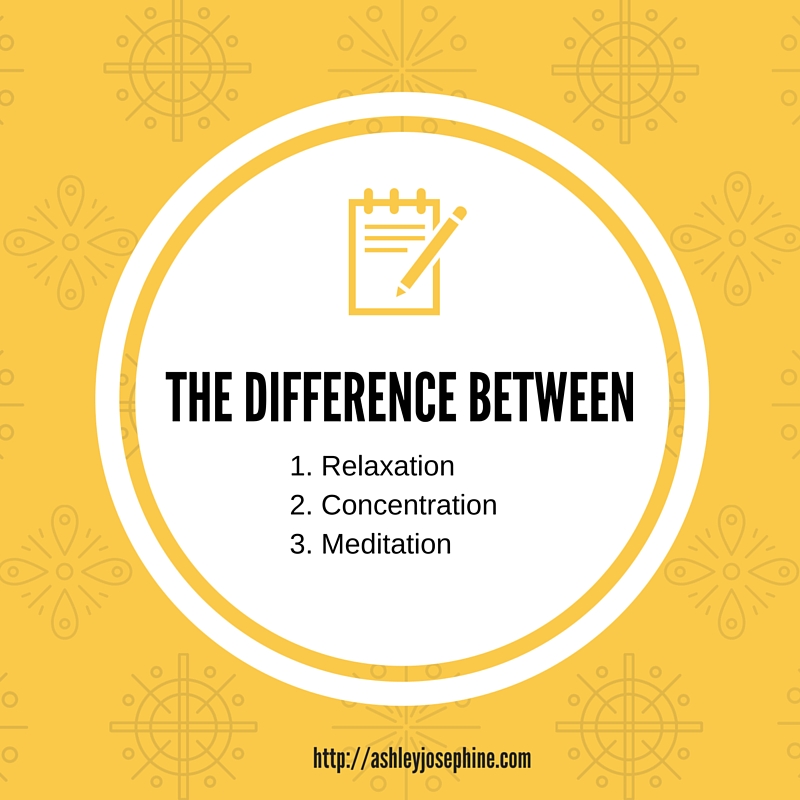Primordial Sound Meditation is a meditation technique that utilizes a personal mantra as a point of focus to help tame your monkey mind and connect you deeply with your True Self.
Revived by Dr. Deepak Chopra, Dr. David Simon, and Roger Gabriel, this meditation technique has origins in the Shankaracharya tradition of Advaita Vedanta, an ancient yoga lineage.
One point of focus
In many ancient yogic texts, including the Yoga Sutra, the Bhagavad Gita, and the Upanishads, emphasis is placed on having one point of focus in meditation practice. While that point of focus can be anything, such as the breath, watching your thoughts, or focusing on a specific sensation in the body, the use of mantra originates from ancient yogic tradition.
Mantra is a Sanskrit word that translates to “tool for the mind.” Using mantra —an intentional word or phrase—in meditation practice helps you focus your mind on one thing and quell the incessant onslaught of thoughts from your daily life.
The Yoga Sutra suggests using OM as a mantra.
Sutra 1.28: Repeat Om and reflect on its meaning to achieve the state of mind called yoga.
In the Bhagavad Gita, Krishna instructs Arjuna in verse 12 of Chapter Six:
“Then sit and calm the mind and senses by concentrating on one thing; thus you practice Yoga (meditation) for self-purification.”
Translation from Swami Satchidananda of The Living Gita.
And in the Shvetashvatara Upanishad, mantra is referenced again as a great tool.
“Fire is not seen until one firestick rubs
Against another, though the fire remains
Hidden in the firestick. So does the Lord
Remain hidden in the body until
He is revealed through the mystic mantram.”
Verse 13 in the Svetashvatara Upanishad from Eknath Easwaran’s translation.
Although you can pick any point of focus to help you meditate, it’s often overlooked that the point of focus you choose needs to have deep meaning and significance to you in order for it to be effective. While it’s easy to focus on your breath if you have no real connection to your breath this point of focus won’t help you deepen your meditation practice.
Your own personal mantra
In Primordial Sound Meditation, you receive your own personal mantra based on the date, time, and location of your birth. Thousands of years ago ancient sages discovered through their own explorations in meditation that the universe makes sound. In 1905, some guy named Albert Einstein substantiated this claim with his Theory of Relativity, hypothesizing that the universe is composed of vibrating energy. Have you ever listened to the sounds of the universe or the sound of Earth? Physicists these days spend lots of time, energy, and money investigating these sounds using top of the line scientific instruments. But meditating yogis intuited these sounds on their own simply by getting quiet and connecting with universal consciousness.
These meditating sages recorded the sounds they heard in their practices and noticed that the sounds seemed to change based on the position of the moon. When you provide the date, time, and place of your birth, Vedic astrology calculations can be used to determine the position of the moon at the time of your birth and the corresponding Earth vibration recorded by the sages.
The ancient sages recorded 108 vibrations, which became known as seed sounds or bija mantras. When you meditate with your specific bija mantra you are focusing on the sound the Earth was making at the exact moment of your birth—the “primordial sound.” This is an auspicious moment because it was the first moment in your life where you existed as pure consciousness, unburdened by any conditions, expectations, or rules. In this moment you were connected to universal consciousness and infinite potential. You were born an enlightened being; the minutiae of living veils this truth in your daily life.
Learn Primordial Sound Meditation
It is through practices like yoga and meditation that you reconnect with who you truly are. By meditating on a vibration that reconnects you to a state of pure being you cultivate a point of focus with deep, significant meaning.
When you have a point of focus that is meaningful you are more likely to keep meditating. Primordial Sound Meditation is one of the easier meditation techniques to develop a habit with because it’s personal.
The best part about Primordial Sound Meditation is that it’s easy to learn and do. It doesn’t require any special props or body positions. There really aren’t any rules. You just sit down and repeat your mantra silently to yourself.
If you’re interested in trying out mantra meditation, sign up to receive my free guided Primordial Sound Meditation practice where you’ll meditate with a generic mantra to get a feel for the practice. If you like it, you can enroll in my Primordial Sound Meditation course and I’ll teach you your very own Primordial Sound Mantra and help you develop a sustainable meditation practice.
Happy Meditating!





